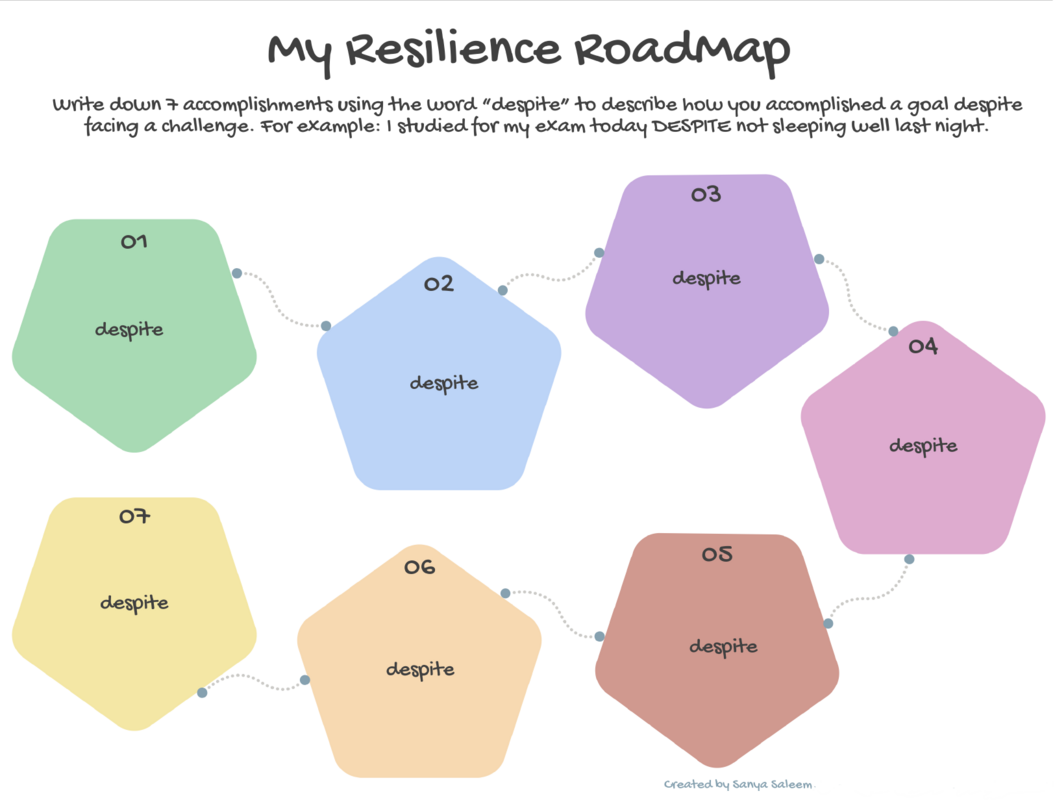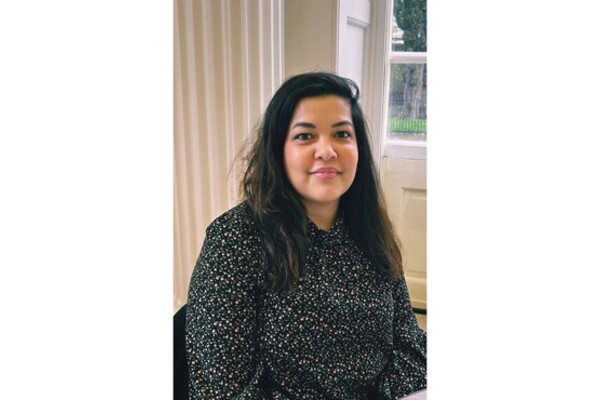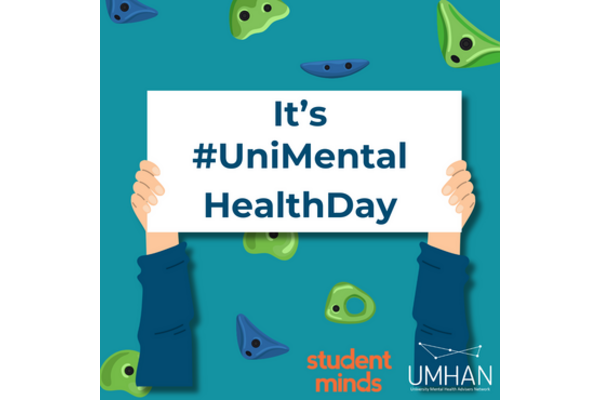For Uni Mental Health Day 2024, UMHAN member, and Specialist Mental Health Mentor, Sanya Saleem shares her thoughts on supporting anxious students.
“Ah, it’s driving me mad!” “I don’t know what to do”. “Please, Sanya, please make it stop!!”
I am thrust into Monday morning with the desperate pleads of my students struggling and coming to me with their heads in their hands. Worrying has kept them up a lifetime. Not just last night, or the night before that. Anxiety is like coffee. It really does wake you up, and keep you up.
I often sit and wonder; how many people are there who don’t worry? If we were all taken out and put on another planet, would there really be anyone left?
Right, my worrying students.
We explore the frustrations of worry and anxiety* together. We talk and talk about things, because students think perhaps, they will talk the worry out. And the optimist in me feels the same too.
I tell them my mum has a magnet on her fridge “Worry is like a rocking chair, it gives you something to do, but it gives you nowhere to go”. My students always smile helplessly at me when I say this, and I know exactly what they are thinking. Don’t things sound great in theory, but so, so different in practice?
The amount they have invested in self-help books, affirmation cards, manifestation, crystal healing, CBD and other things, but they have all amassed to no real benefit in the long run. They give glimpses into their potential benefits before quickly fading away. Mindfulness, another great strategy, but often not very accessible for those of us who are neurodiverse or who have experienced significant trauma this can trigger. So what is left, besides the hopelessness most of us have felt, and the bank statements reminding us that our endeavours have yet to succeed.
With every passing day, I see more and more students coming to me regarding excessive worry, or anxiety. And honestly, as a Specialist Mental Health Mentor, it really is quite harrowing. So quite often we too can feel rather helpless. So what do we do?
My students too often feel very helpless, and this is typically their number one concern. So I developed my own version of a Resilience Map entitled “My Resilience Roadmap”. I created a worksheet with 7 numbered hexagons and an arrow between each one. Each hexagon is a different colour. In a nutshell, I deliberately made it look very engaging, so students stick this up at home/work etc. The idea is for students to write down 7 things they have achieved despite a particular challenge. The word despite is critical here. For example, “I came to study at university despite, there being no one in my family having the opportunity of a university education.” As important as it is to give our students agency, we usually do this together. Showing students how they have overcome previous hardships, can quite often be enough to show them there is light at the end of the tunnel.
Anxiety is quite good at extinguishing this light, so it is up to us to reignite this. I also show them the importance of seeking out the relevant and effective support. I do this by bringing my two hands together and making two fists.
And I tell them:
“This is the brain. Look how small (yet wonderful) it is. One thought is enough to clutter this space. Make it difficult for us to see, hear or anything else. It is especially difficult to reason, as for this we need space. Or perspective.”
I then point to the room around us, and I say:
“Look around you, this space is much bigger in comparison. How many thoughts do you think are needed to clutter this space?”
“A lot.”
“Would it be more difficult to clutter?”
“Yes.”
“This is why it is important to seek support. It gives you space. Space to reason. To see, hear and understand. And yes the first step in seeking support is the most daunting. But we can work on that together. What do you think?”
We then put in an action plan, with very small yet realistic actions. And we follow this for the next several sessions. Then we revisit the plan, and add to it. The idea is for students to see real improvements, and how their worry or anxiety does not have as big a hold on them as they initially thought.
I certainly don’t think I have cured anyone of their anxiety or excessive worry in this role, but what I hope I do, is show them that no matter how much of a difficult time this may be for them, this time too must come to an end. I reassure them, they weren’t born worrying, so it means it doesn’t always have to be like this. Again the optimist in me comes out to play.
I think the role of a Specialist Mental Health Mentor is not to cure our students of their worries or fears, but rather to empower them and to instil hope. Because usually this is enough to get them through. We can’t cure them of their anxiety or worry, and that is okay. We aren’t supposed to.
So whenever I meet my next worrying student, I will continue to provide reassurance and validation. And I will tell them, that worrying too serves a purpose, like every other emotion on the human spectrum. And some worry is usually not a problem. I will be as timely with my box of tissues as their anxious thoughts.
But hey, I am just one mentor, and this is how I support anxious minds. Perhaps you have other ideas?
*I have said anxiety and worry, as not all worry is indicative of anxiety.











1 comment
You must be logged in as a member to add comments.
Become a member
Already a member? Log in or create an account.